Winterizing
A big worry people have when transitioning from a tent to an RV is what to do in the winter, or off season. Although storing an RV isn’t quite as easy as folding it up and tossing it into the garage, winterizing an RV isn’t as hard as it may seem. To winterize our RV, we drain the tanks and water heater, blow out the lines with our air compressor, and put some RV antifreeze in the toilet. On average, it takes us less than half an hour. There are a lot of great YouTube videos that can walk you through the process, but many dealers also offer winterizing service.
If you’re hoping to RV during winter or in freezing temperatures, make sure you find one rated for all-season RVing. These RVs have added insulation in the walls and around the pipes, with a sealed and insulated underbelly, to ensure the unit can stand up to inclement weather. Even if your RV is rated for four-season camping, if you’re not planning to use it over the winter, you will still need to follow the steps above to winterize your unit. This is because even cold-weather prepped RVs use the onboard heater to keep everything running smoothly, which doesn’t protect the RV the same way when it’s powered down in storage.
When choosing an RV it is important to talk through what types of camping you would like to do with a dealer so they can provide the best guidance on what will be best for you.
Boondocking
If what you love about tent camping is the ability to be surrounded only by nature, boondocking is for you. Boondocking (also called dry camping or dispersed camping) refers to camping without any hookups. It can be as practical or rustic as you like, as it encompasses both camping out in a parking lot overnight and driving to a remote spot in the wilderness without people around for miles.
Boondocking is a great way to explore unique or secluded areas and enjoy the great outdoors with more room to breathe. Many of these spots are inexpensive or free, but you do sacrifice some amenities. The BLM allows an individual to camp in one spot for up to two weeks for free. BLM land is usually in fairly remote locations with dirt road access where you choose your own suitable campsite. Other places to find good dry camping are through Harvest Hosts and Hipcamp. If camping off-grid appeals to you, be sure to get a generator and fill all your propane and fresh water tanks before heading out. Be prepared to pack out everything you brought in, and limit your water usage while camping.
When we used to camp in tents, we loved dry camping. We would find a cozy spot off the grid and settle in for a few days of peace and quiet. Having an RV hasn’t diminished our love of camping off-grid at all; it’s made it easier to stay in the wild longer, because we’re no longer limited by weather conditions.
When we upgraded our camping from tents to an RV, we opened up a whole new level of outdoor exploration. Our RV allows our family to camp more often, for longer, and in a greater variety of locations and weather. It creates a home base and sense of stability for our family when we’re on the road.
We can sleep in our own beds, have our systems and routines in place, eat our own food, read our own books, etc., and yet we can wake up one morning at the Grand Canyon. Or Yellowstone. We can snorkel in the Florida Keys and paddle board in Lake Tahoe, collect shells in Santa Cruz, and slide down the dunes at White Sands National Park. And all the while, we have everything we need tucked into our RV storage compartments, waiting for our next adventure.
Renee Tilby and her family travel in a Jayco Jay Flight travel trailer.

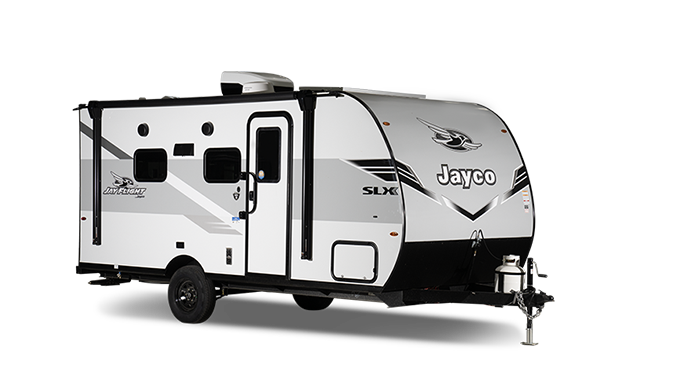
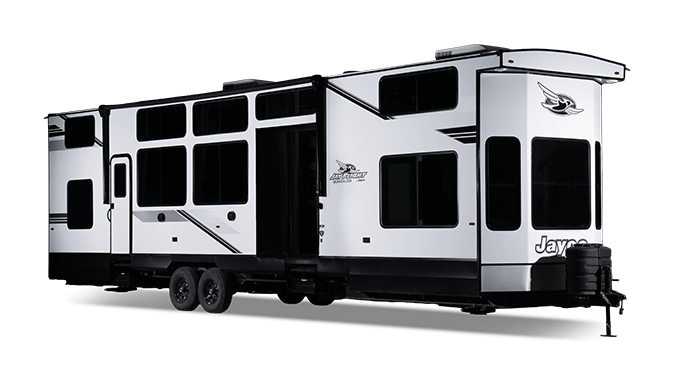
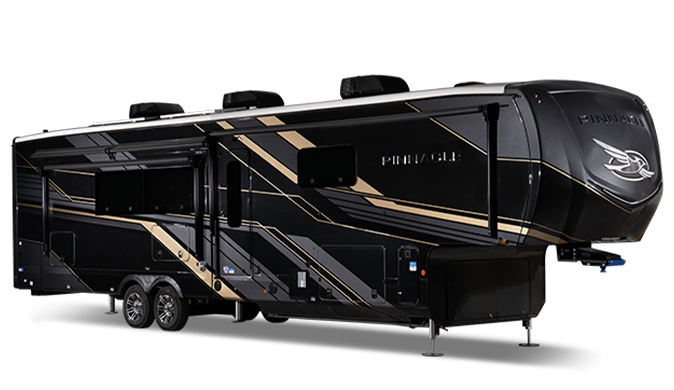
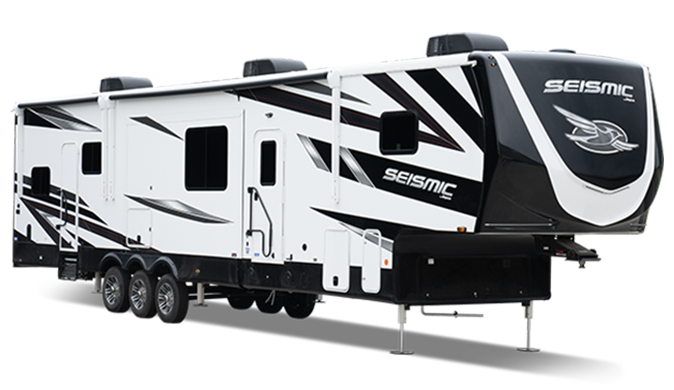

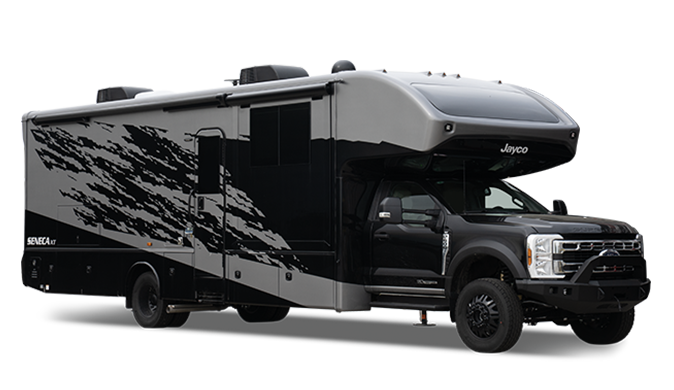



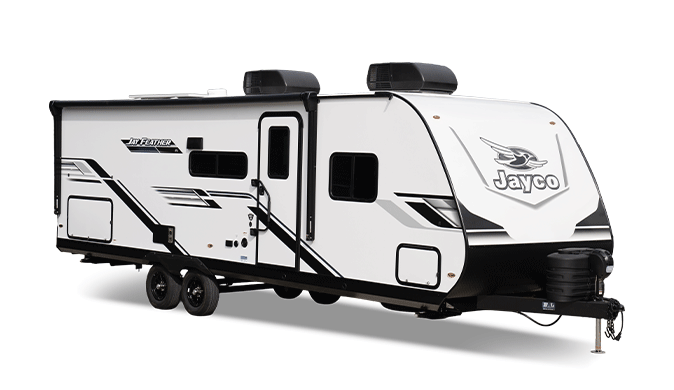







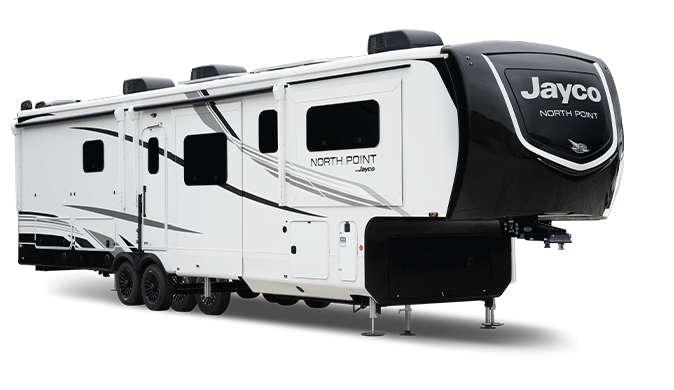

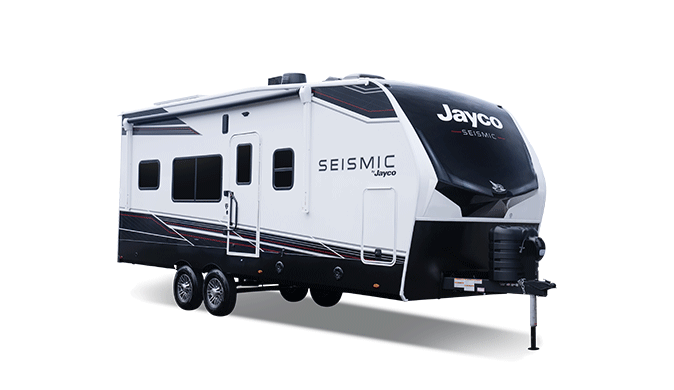





















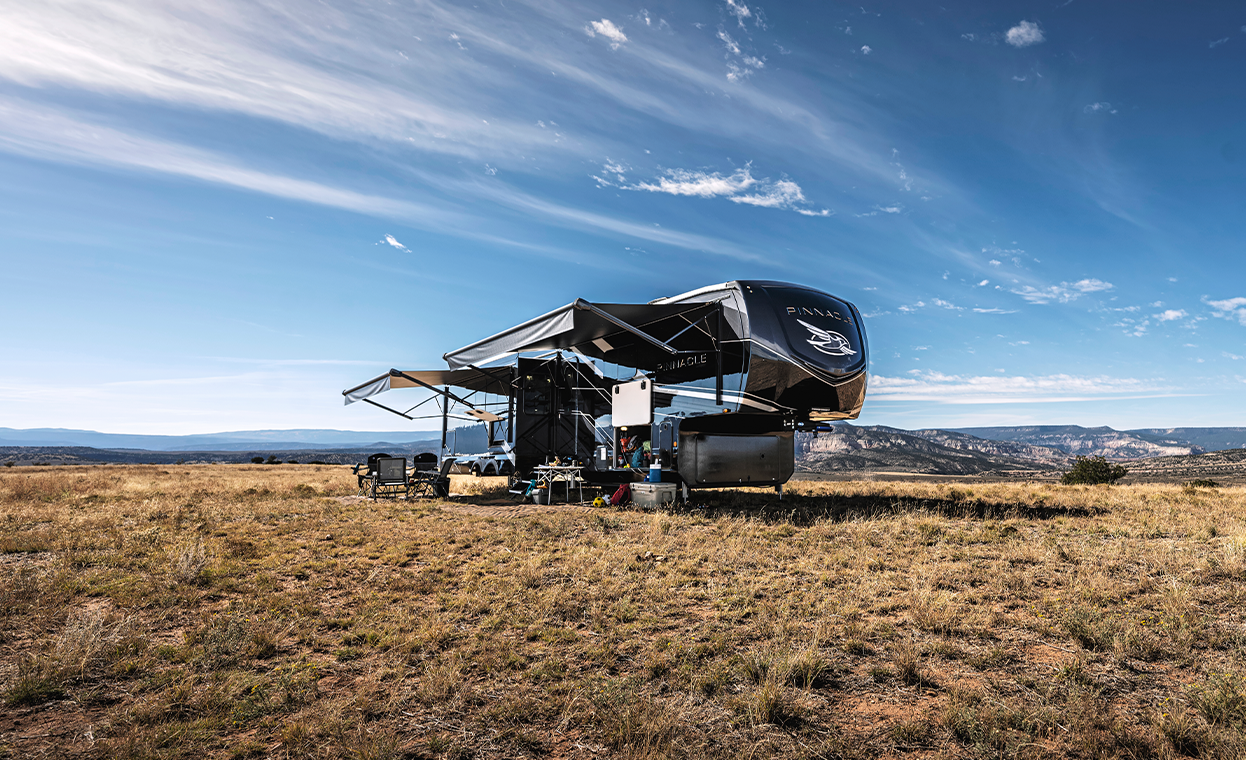
.png)
.png)
.png)
